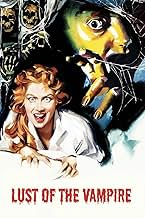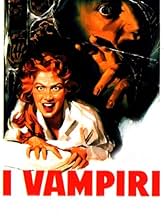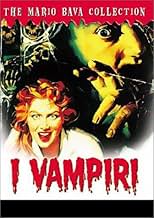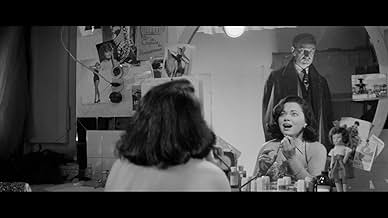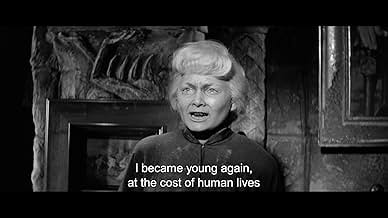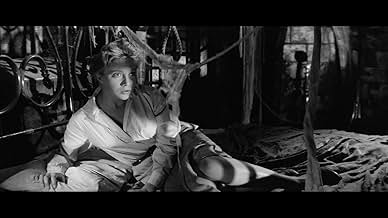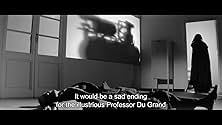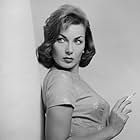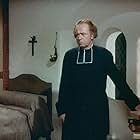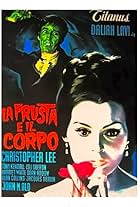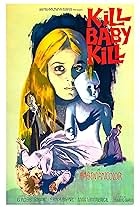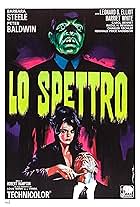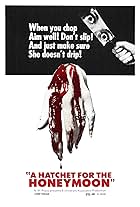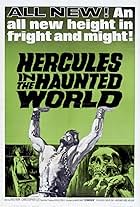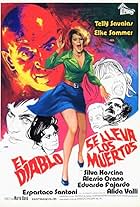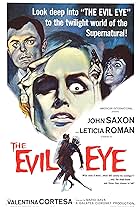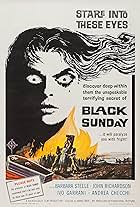Paris. Young girls are found dead, drained of their blood. A journalist investigates these murders while the beautiful Gisele, from a noble family, tries to seduce him.Paris. Young girls are found dead, drained of their blood. A journalist investigates these murders while the beautiful Gisele, from a noble family, tries to seduce him.Paris. Young girls are found dead, drained of their blood. A journalist investigates these murders while the beautiful Gisele, from a noble family, tries to seduce him.
Carlo D'Angelo
- L'ispettore Chantal
- (as Carlo d'Angelo)
Angelo Galassi
- Ronald Fontaine
- (as Angiolo Galassi)
Antoine Balpêtré
- Il professor Julien du Grand
- (as Antoine Balpetré de la Comédie Française)
Armando Annuale
- Un uomo anziano al funerale
- (uncredited)
Larry Boston
- Unknown Role
- (uncredited)
Aristide Catoni
- Porter
- (uncredited)
Riccardo Freda
- Un medico
- (uncredited)
Bert Goldstein
- Il maitre d'
- (uncredited)
Ronny Holiday
- Nora
- (uncredited)
Joy Holliday
- Anita
- (uncredited)
Storyline
Did you know
- TriviaThis was the first Italian made horror film of the sound era.
- GoofsThe crime lab doctor says type O blood is the rarest blood type when, in fact, it is found in over 40% of the French population.
- Quotes
Il professor Julien du Grand: You'll feel nothing.
Laurette Robert: No!
Il professor Julien du Grand: It's much better this way.
Laurette Robert: No! No!
Il professor Julien du Grand: Such of you--alright, now, just be a good little girl!
- Crazy creditsEnglish dubbed version 'The Devil's Commandment' is credited to director Riccardo Freda's pseudonym Robert Hampton.
- Alternate versionsOriginal Italian version is 82-minutes long. US distributor re-edited the film, inserting new footage starring Al Lewis and Ronny & Joy Holliday, shortened it to 70 minutes and released it as "Devil's Commandment". The differences are as follows:
- Alternate opening scene in which Joseph (played by a body double) stalks a women to her apartment, kills her in the bathtub, and has the body disposed of.
- Several dialogue-heavy scenes are cut or trimmed.
- The scene where Lantin brings the police back to the apartment he tailed Joseph back to is cut.
- The scene where the blind beggar is questioned by the police, and the subsequent house raid, are cut.
- A newly-shot sequence where a woman goes to a nightclub and is subsequently killed by Joseph.
- A newly-shot sequence where one of Dr. Du Grand's assistants (Lewis) forces himself on Lorette (played by a body double).
- Added insert shots of rats crawling toward Lorette.
- ConnectionsReferenced in Mario Bava: Maestro of the Macabre (2000)
Featured review
This one mainly works because of the amazing set direction and Gothic spaces. As it gets going it feels like a typical 1940s style murder mystery, with young women having gone missing, but hardly a horror movie at all. But when another girl disappears the search leads to an empty apartment building and then to the castle of a certain Countess du Grand, who happens to be enamored of the lead detective on the case. Though the castle appears to be of evil repute, the countess attracts guests to a ball, and the affections of another reporter. She is a mysterious figure, living in adulation of a portrait of the reporter's father, playing antique record players. The castle sets are stunning productions, drawing one into the horror that sustains her beauty (a storyline explored further in Eyes Without A Face, The Awful Dr Orloff, The Faceless Monster, Mill of the Stone Woman and Countess Dracula) . The movie literally gets gobbled up by the Gothic atmosphere of the castle, with its incredible gargoyles, elaborately Gothic crypt, secret passages, baroque cobwebs, pillars marked with demonic images, and a Sleeping Beauty tangle of vines on the grounds. The reliance on scenery alone to communicate a descent into a sadistic unconscious reminds one of Cocteaus Beauty and the Beast though the strategy was tried too in 40s Hollywood. When at last the mystery is discovered, here too the special effects are quite well done. Mario Bava was involved in the photography, just testing his fogbound vision of Gothic mystery, and it shows. After starting out all cops and robbers, this one ends up with a completely satisfying expression of pure demented horror.
Details
- Release date
- Country of origin
- Language
- Also known as
- The Vampires
- Filming locations
- Titanus Studios, Rome, Lazio, Italy(Studio, as Titanus - Appia)
- Production companies
- See more company credits at IMDbPro
- Runtime1 hour 22 minutes
- Color
- Aspect ratio
- 2.35 : 1
Contribute to this page
Suggest an edit or add missing content


